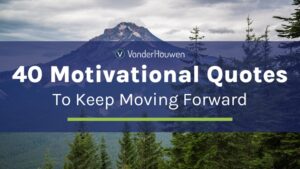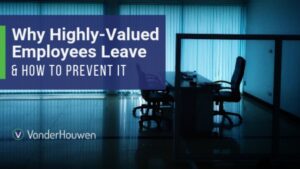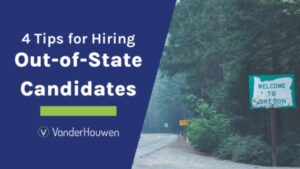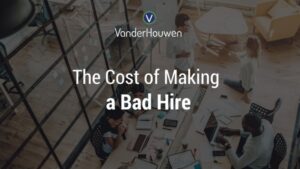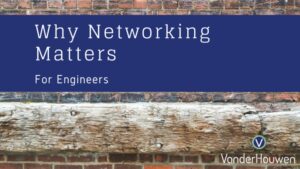Competitive Employee Benefits in Today’s Market
With the national unemployment rate still at a record low, we’ve reached a point where there are simply more available jobs than there are qualified candidates. For hiring teams, that means finding the right fit for a position takes more time and effort. Instead of limited job openings driving the hiring environment, job seekers now have more leverage than ever before—and when it comes to jobs, they’re not just interested in salary. Studies continue to show that candidates are increasingly choosing the roles they believe will make them happiest.
Ensuring your employee benefits programs are competitive and on par with the new standards of job seekers not only attracts top talent but helps you retain happy employees. While some of the most creative and one-of-a-kind office perks like travel allowances, onsite chefs, and workplace massages tend to grab headlines, a recent study by Fractl showed that creating a package your employees will value comes down to mastering the traditional benefits offerings and considering work/life balance.
Stay ahead of your competition and attract the best talent by supporting your employees with a great benefits program. Below are four of the most common and high-value benefits that leading employers are offering today.
Health, Dental, and Vision Insurance
While offering insurance benefits has been common practice for a long time, don’t forget that employees still value health, dental, and vision insurance highly in today’s market. These benefits may seem typical to an employee just entering the workforce, but they’re worth their weight in gold for someone facing a major healthcare event, illness, or looking to insure a family. For employers, this includes paying part (or all!) of the healthcare premium rates, which are often drastically reduced due to employer’s group policies.Flexible Work Options
Putting a flexible work policy in place allows your employees to find balance between their work day and home life. While there are several variations on how companies structure a flexible work program from work-from-home policies to flexible working hours, this type of benefit continues to grow in popularity, especially with continued advances in technology. For example, does it make sense for an employee to endure an excessively long commute during prolonged road construction projects only to arrive at the office and log in to a cloud-based application they could access through a VPN? Probably not! With the transparency that technology has made possible, both employees and their employers can identify in real time if metrics and goals are being met, regardless of when or where the work is done. Offering the perk of flexibility shows that you trust your employees to get their job done while supporting their unique lifestyles, hobbies, and schedules.Increased or Unlimited PTO
To simplify the guesswork of employee sick, vacation, or personal days and offer people more opportunities to better balance their work and home life, many companies are consolidating their non-working days to a bucket of paid time off (PTO) that increases with an employee’s tenure. While the United States is not up to the standard of countries like Germany, where government mandates 24 vacation days per year in addition to 13 paid holidays, some employers are even experimenting with the emerging idea of unlimited PTO. The idea of unlimited time off can be intimidating for organizations to embrace. However, while not yet widely accepted, some studies suggest employees often take less time off with unlimited PTO than they would with a fixed number of hours. In addition, we have seen employers save by avoiding the cost and resources needed to track and pay out unused benefits. (Keep in mind that every organization is unique, so before launching your new PTO policy, it’s important to figure out the right balance for your team!)Employee Assistance Program
An employee assistance program is a workplace benefit that has rapidly grown in popularity over the last years. This program offers employees a concierge-like system to connect them to personal help and resources, such as physical or mental wellness plans, legal services, childcare services, or long-term care for an elderly parent. Here’s how it works: The employee shares their need with a representative from the Employee Assistance Program who then coordinates the best service on behalf of the employee. This particular benefit has major advantages for both employees and employers because it eliminates the distraction and downtime related to personal issues so that everyone has time to focus on the work to be done each day. For the employee, they feel supported knowing that their employer understands their situation and has given them access to an advocate to work on their behalf and reduce stress and distraction. When it comes to finding the best talent to fit your open position, competition in today’s market is nothing short of fierce. To help with the search for talent, we often work with clients to advise them how their candidates prioritize benefits at an individual level. If you aren’t sure how your benefits package measures up, we’re here to help.Need assistance attracting talent? Reach out to VanderHouwen today!












































